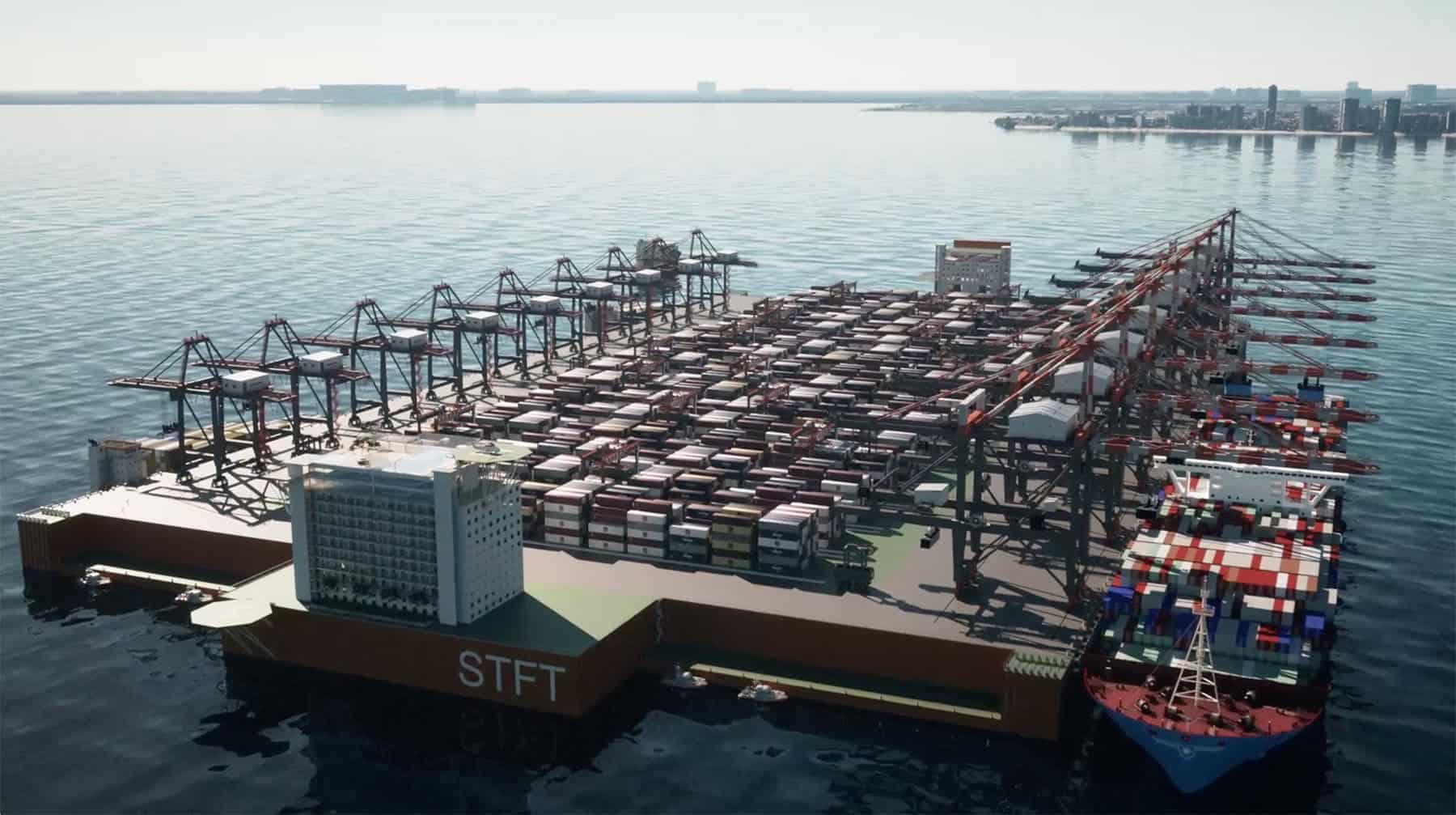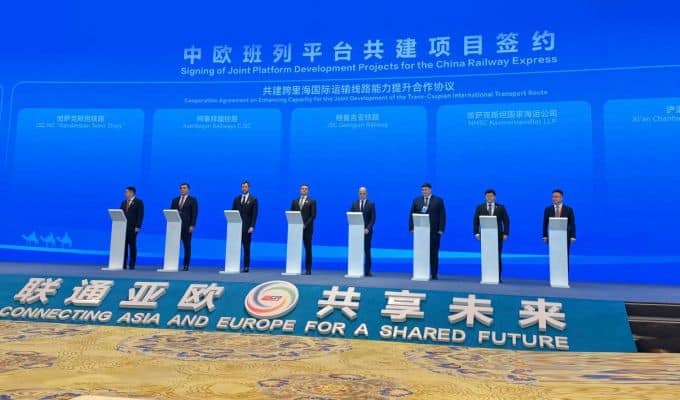In a world where energy, logistics, and resource security have become the cornerstones of the global economy, every new technology draws attention. This is precisely the case with the concept of a floating terminal, which has recently received the prestigious Approval in Principle (AiP) certificate.
At first glance, it might sound like another technical acronym. But in reality, it marks the beginning of what could be a genuine revolution in how we build ports and offshore terminals of the future.
What Is AiP, Exactly?
Approval in Principle is a kind of technical “green light” issued by international classification societies such as DNV, RINA, or ClassNK. It confirms that a concept has been carefully reviewed and deemed technically feasible, with no fundamental barriers preventing its further development.
It’s not yet a permit to build — rather, AiP serves as a certificate of trust. It shows that the project has solid engineering foundations and can safely proceed to the next phase: detailed design, environmental approvals, and eventually, implementation.
In the offshore and maritime industry, obtaining AiP is the moment when an innovation becomes credible.
A Floating Terminal – The Port of the Future
A floating terminal is a concept that seemed futuristic just a decade ago, yet today it is becoming increasingly real. Depending on its purpose, it can be:
an LNG terminal for gas storage and regasification,
a logistics platform for container, fuel, or bulk cargo handling,
or an energy hub integrated with renewable power systems.
The common denominator is this: instead of pouring concrete along the shoreline, investors build a port on the water. Such a terminal can be placed closer to shipping lanes, away from crowded harbors or environmentally sensitive areas. And crucially — it can be relocated if necessary.
Technology Flowing With the Tide of Change
The concept that has now obtained AiP certification demonstrates that maritime infrastructure no longer needs to be tied to the land. It represents a mobile, self-sufficient port, designed to meet the growing demands of global trade, energy transition, and environmental protection.
In the case of LNG or CO₂ storage terminals, we are talking about floating units hundreds of meters long, equipped with full technical systems, safety installations, and the ability to connect to onshore networks. The recently approved design underwent detailed analysis regarding structural stability, resistance to marine conditions, and compliance with environmental standards.
This is a milestone — proof that floating terminal technology is entering the mainstream, earning the trust of both industry and regulators.
Why Does It Matter So Much?
Obtaining AiP has implications that reach far beyond engineering. For investors, it signals that the project is on the right track. For banks, it means the risk of financing is lower. For regulators, it confirms compliance with international safety standards.
And for the public, it demonstrates that modern infrastructure can be built faster, more flexibly, and with less environmental impact than traditional, land-based ports that often take decades to complete.
A Polish Connection and the European Context
It’s worth remembering that Poland is also developing its own floating LNG terminal project in the Gulf of Gdańsk. The GAZ-SYSTEM investment aims to strengthen the nation’s energy security and independence from eastern supply routes.
The emergence of other certified floating terminal concepts across Europe only reinforces the idea that this is the direction the entire industry is heading.
For Poland, that’s an encouraging signal — it means that domestic projects are part of a global technological trend, and that Polish engineers and shipyards can participate in a growing offshore market.
Challenges Ahead
Of course, an AiP certificate is only the beginning. There are still major challenges ahead:
developing detailed engineering and obtaining all necessary permits,
securing financing and contractors,
building offshore and onshore connections,
and balancing economic, social, and environmental interests.
Floating terminals are complex, capital-intensive projects that require close cooperation among shipyards, regulators, investors, and local communities. But with AiP in hand, one thing is clear: it can be done.
A New Chapter in Maritime History
Viewed more broadly, AiP certification is more than just a technical formality. It’s a symbol of transformation — a shift in how we perceive the sea. No longer merely a transport route, the ocean becomes a space for infrastructure.
Floating terminals could soon act as mobile ports, storage hubs, or energy centers. They could also be part of the response to climate change — particularly in regions where rising sea levels make traditional port expansion too risky.
The concept of a floating terminal receiving AiP certification is more than a technical milestone — it’s a harbinger of change in how we build and operate on the sea.
With such innovations, infrastructure becomes flexible, modular, and resilient to the future. If history teaches us anything, it’s that every major transformation begins with one certificate — and a bold idea.



